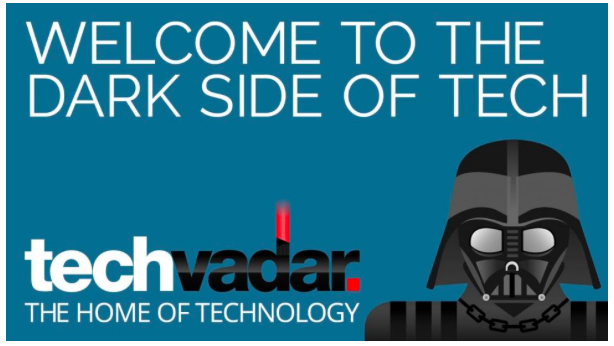
Like many magazine publishers, Future Publishing has gone through a rough period. Often referred to as “embattled,” the publisher of TechRadar, PC Gamer and GamesRadar+ racked up losses in 2014 of £35 million ($53 million), forcing it to restructure into two separately managed devisions — “media” and “magazine” — and lay off around 400 staff, about 40 percent of its workforce.
This year’s focus has been digging out and righting the ship. Last month, Future reported it had slashed its losses down to £2.3 million ($3.5 million) in November. And the company claims that its internal analytics show audience growth across its 11-title portfolio up to 52 million visitors a month. The company now boasts half of its revenue comes from digital and diversified revenues streams, like affiliates and events.
Future CEO Zillah Byng-Thorne explained the main pillars of its turnaround strategy.
Selling assets
This year, it has sold a number of its assets, magazines such as The Knitter and What Mountain Bike, to refocus around core interests, choosing to specialize in men’s technology, gaming and entertainment. “Not so many men are interested in knitting, and we needed to see a commercial future for our brands,” said Byng-Thorne.
In September 2014, it amalgamated a number of its brands, Total Film, Xbox Site and CVG, into one super site, GamesRadar+, with each specialty visible in a tab, which appears not to have confused or alienated the core fans of the brands that fell to the wayside.
This has allowed Future to expand its global audience on this site, a more attractive proposition for advertisers. It’s because of this broad tech audience that that publisher also acts as a sales house for Vox-owned site the Verge in the U.K. “The global audience sell is smart,” said Martin Galvin, digital trading director at MediaCom, “It mirrors where the market wants them to be. In that respect, it’s forward-thinking, but Future was later to market with that.”
Writing for social
“In the last 12 months, we have become a lot broader around thinking how our readers consume content, especially over social,” said Zillah Byng-Thorne. Like many digital publishers before it, Future is attempting to go the BuzzFeed route: creating shareable content, like listicles, with an eye toward going viral.
Capitalizing on the overlap in interest between tech enthusiasts and Star Wars fans, for example, Future’s tech site is rebranding as TechVadar and covering the “dark side of tech,” like military drones, government snooping and 3D printed guns. Its gadget site is representing the Force and re-skinning as T3PO. Future’s editorial team is writing pieces like “10 Ways the Star Wars prequels tried to ruin the originals” and “10 technologies the evil Empire would definitely approve of.”

“It’s easy to break up into social pieces. Yes, people do like reading lists, but we’re looking at how our content works across audiences and platforms, particularly Facebook.” In November, PC Gamer drove 6.5m sessions from Facebook, GamesRadrar+ 3m and TechRadar 910k, which is now receiving more of the focus and so growing the fastest, according to the company.
Non-ad revenue
Future has also ramped up its affiliate model to drive digital revenue to offset its losses, particularly across its review site TechRadar. “We knew people appreciated our views and value them to help make a decision,” said Byng-Thorne. “We spent a lot of time evaluating the user journey. Twelve months ago, only a fifth of visitors who left the site would then go on to make a purchase.”
That number has quadrupled to half of all visitors in November. Cutting deals with 6 retailers, including Amazon, TechRadar then added price comparisons to products it reviewed and links to the affiliated sites. Revenue from affiliates now match its revenue from digital advertising, which is made up mostly of display ads.
While its methods may not be cutting edge, Future does have the tech specialism, and now it has the audience too.
More in Media

Earnings from social and search players signal that AI will be a long-play investment
Giants like Google, Meta and Microsoft say investors and advertisers might have to wait longer for AI to generate a better return on investment.

Why some publishers aren’t ready to monetize generative AI chatbots with ads yet
Monetization of generative AI chatbot experiences is slow going. Some publishing execs said they’re not ready to add advertising to these products until they scale or can build a subscription model first.

Media Briefing: Publishers who bet on events and franchises this year are reaping the rewards
Tentpole events and franchises are helping publishers lock in advertising revenue.






